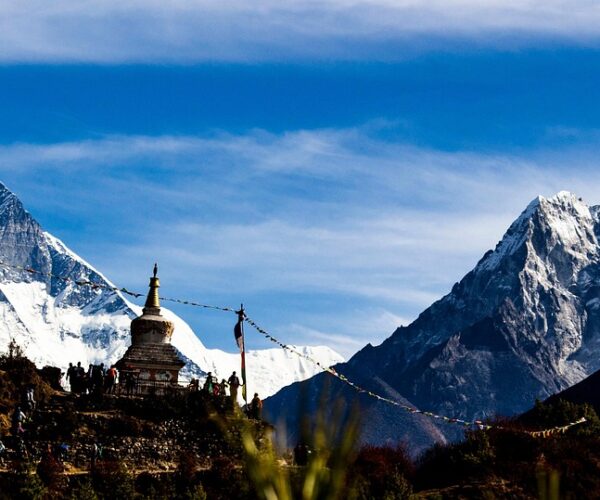By Chandran Iyer
It is an open secret that the relationship between India and China is as volatile as high-octane fuel. The two world powers are facing off against each other along their disputed border in the Himalayan region and sparks keep flying on and off.
Though the two countries have fought only one war, in 1962, there have been frequent incursions and attempts to grab the Indian territory. How one controls the fire-breathing dragon is a big issue for India. A book by Pune International Centre Rising to China Challenge, Winning Through Strategic Patience and Economic Growth gives a good insight into the threat posed by China’s hegemonic ambitions and what strategy India should adopt to tackle China.
The book is the outcome of a collaborative effort by six stalwarts of India including Gautam Bambawale, Vijay KelkarDr Raghunath Mashelkar, Ganesh Natarajan, Ajit Ranade and Ajay Shah for Pune International Centre, which is an independent multifaceted policy research think tank. The PIC publishes policy papers and organises lectures & roundtables.
This 170 pages book, published by Rupa Publications India not only gives an outline of the challenges India faces from its hostile neighbor but also how to tackle and respond to them.
The book also gives the reader a peek into the Chinese mindset and throws light on their Wolf Warrior Diplomacy. The authors say China sees the world as being shaped by force and hard power, not debate, discussion and diplomacy. Power flows from the barrel of a gun. Therefore, China needs to have the military means to enforce respect and command obedience.
This is why the Chinese are systematically building their capability and increasing their annual military budget. Over the past two decades, there has been an annual increase in China’s military budget. This ever-increasing spending on military hardware has enabled China to build new weapons systems including its own aircraft carriers and stealth and heavy-lift aircraft through its own efforts and reverse engineering.
While the book gives an outline of the strength of China it also elaborates on areas where India has an edge over it. The demographics are in favor of India. The outlook for the working-age population is superior to that of China, where the
The one-child policy of 1979-2015 coerced households into a premature ‘baby-bust’. The Indian financial system allocates capital better than the Chinese financial system. China has embarked on the course of conflicts with a large number of countries. There is a risk behind such overreach. Indi’s position in foreign policy, in contrast, is much more equanimous, with good relations with many of the natural partners in the desired coalition.
The book says the long-run foundation of Indian success lies in the maturation of the liberalized democracy. This requires renewed vigor of protecting civil liberties, enshrining each individual, and overcoming the fault lines of caste and creed.
The authors say it is important to reiterate that the conflict with China is ultimately a challenge to building a market economy located in a liberal democracy. If a vibrant liberal democracy does not come together, it will mar the possibility of achieving economic dynamism.
The book gives a realistic assesment of of India -China border issues and gives pragmatic policy recommendations analysing the long game in the India-China equations.

